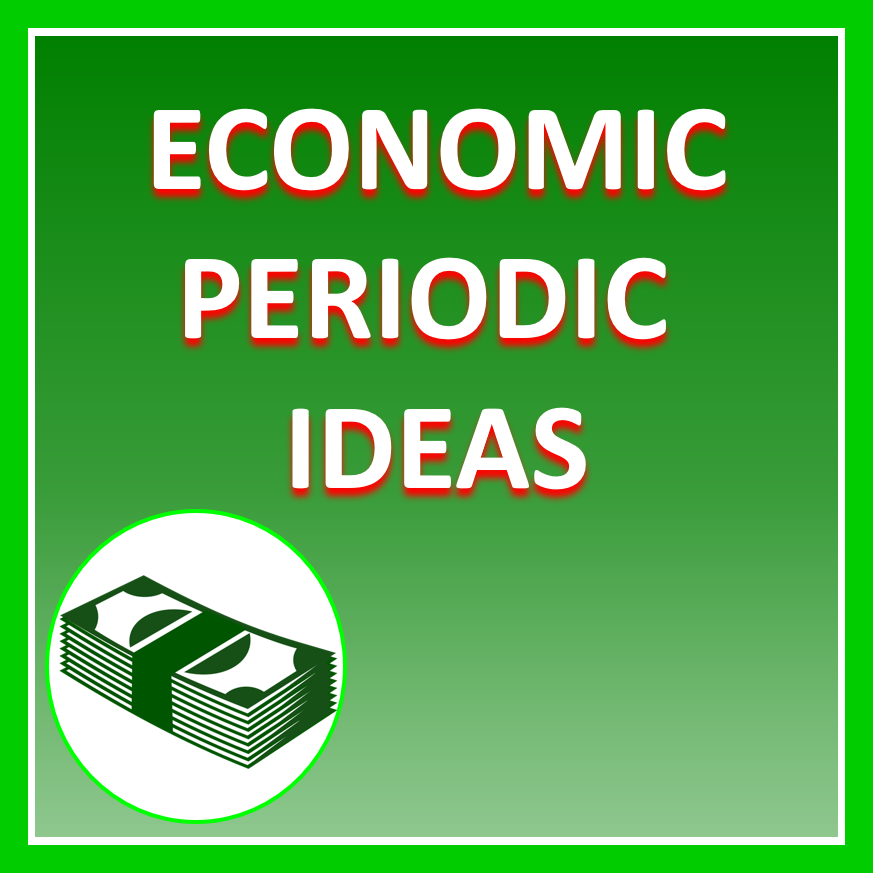ECONOMIC PERIODIC IDEAS give your projects a financial footing.
Economics indicate where your ideas will thrive and where your efforts will pay off.
Economic ideas let you navigate through turbulent markets and ride creative currents.
| ICON |
DESCRIPTION |
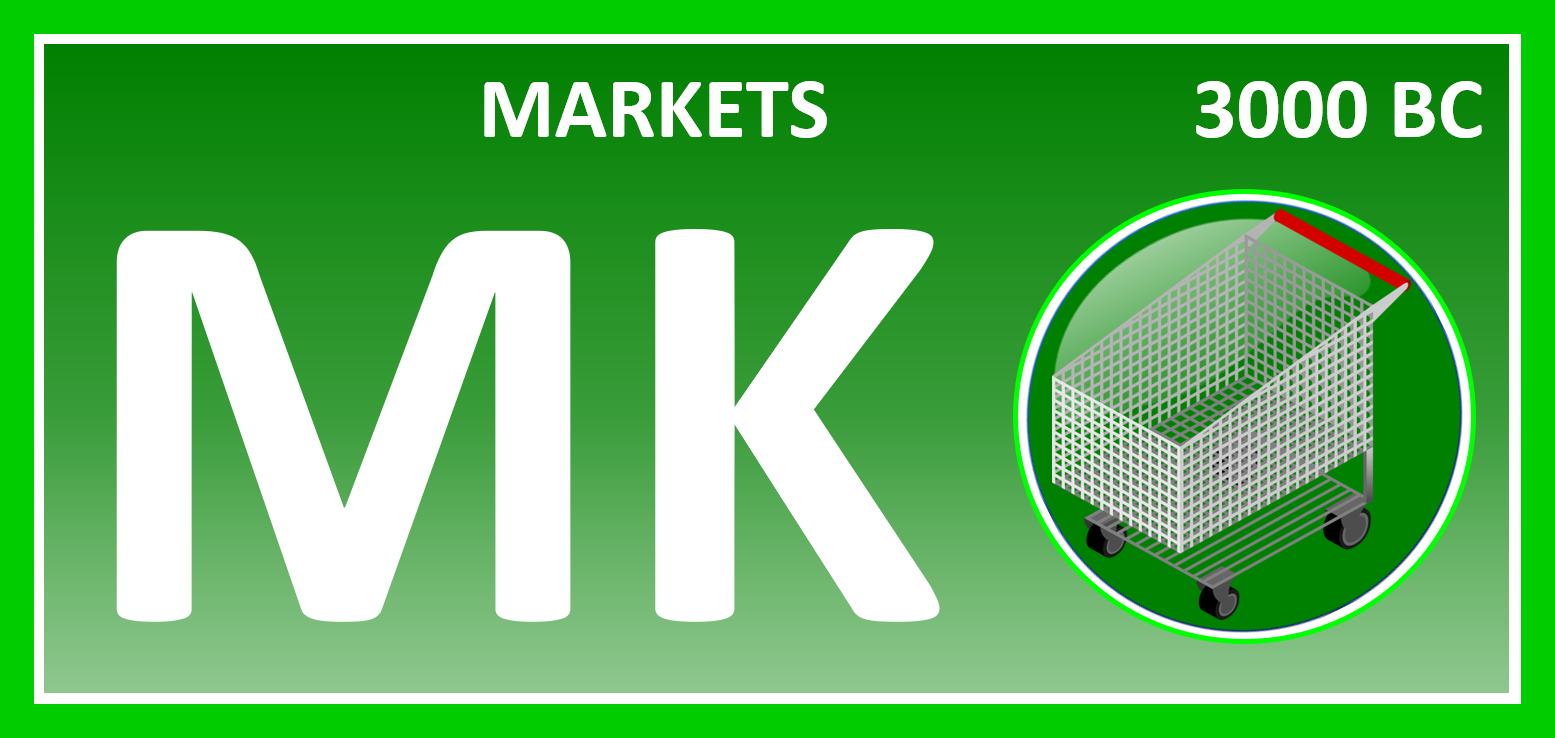 |
A market is a system where parties can exchange goods or services.
Sellers offer wares or services in exchange for money. |
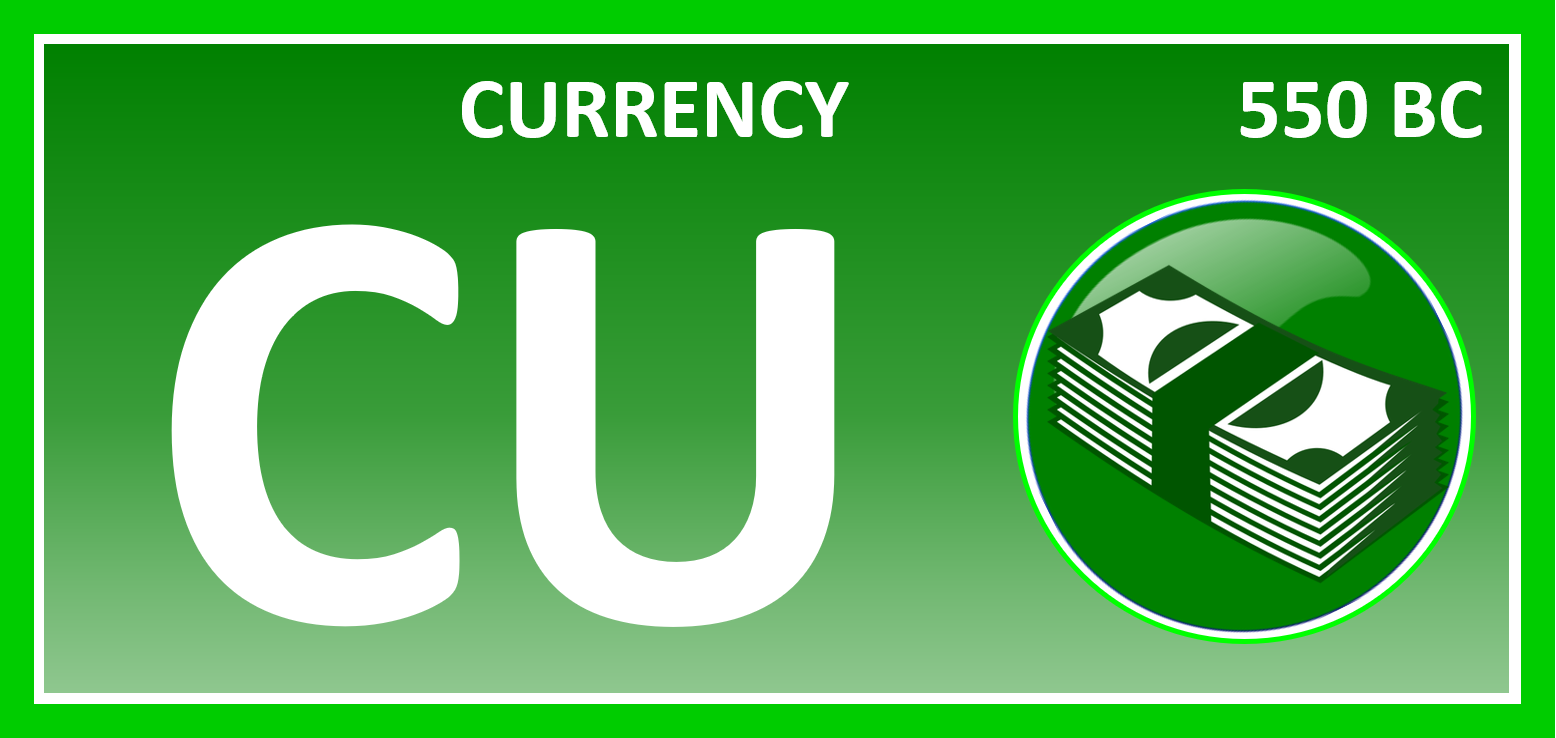 |
Currency is a medium of exchange or a system of money which can serve as legal tender.
It is traded for its economic value. |
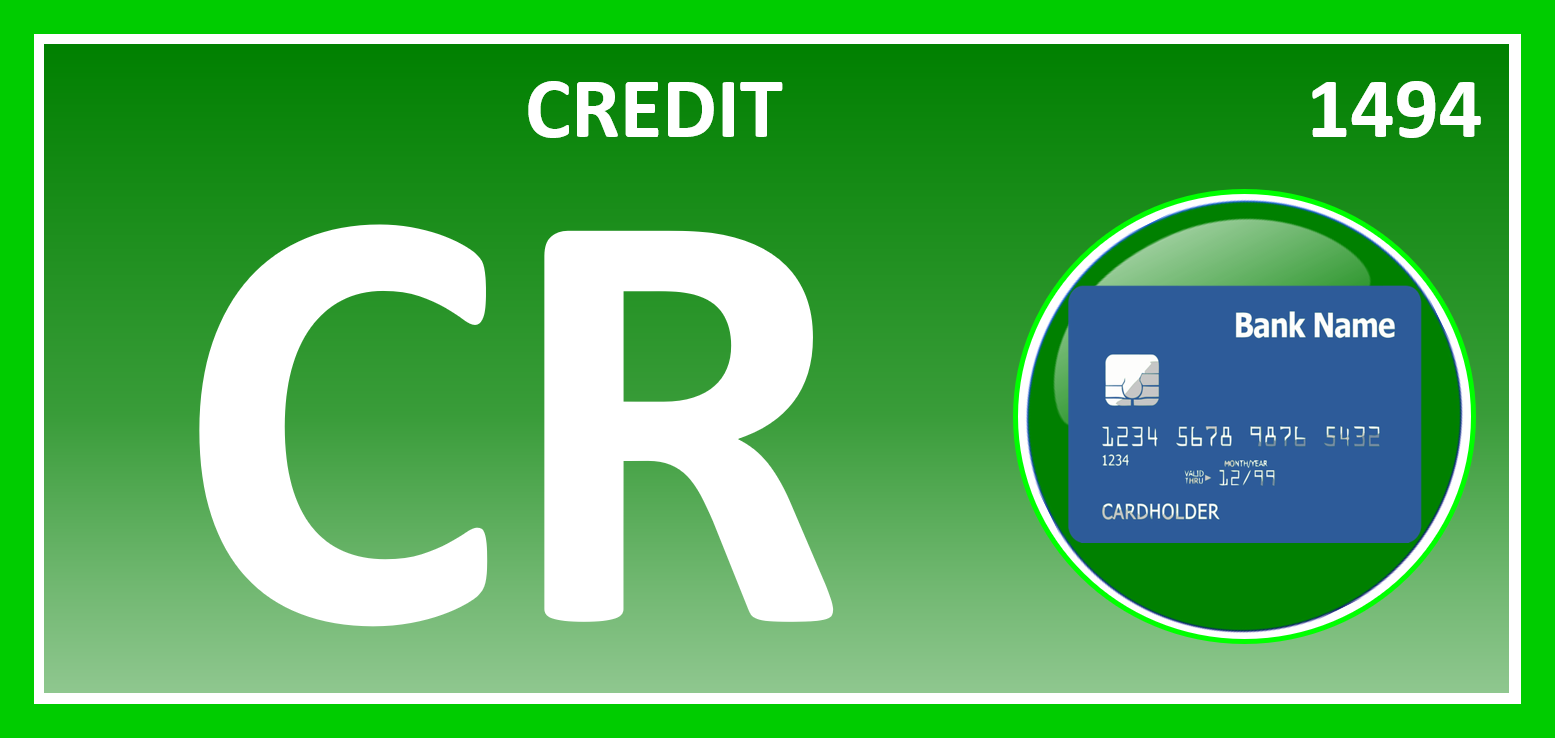 |
Credit is the means which allows one party, the lender, to
provide money or resources to another party, the debtor, for repayment later. |
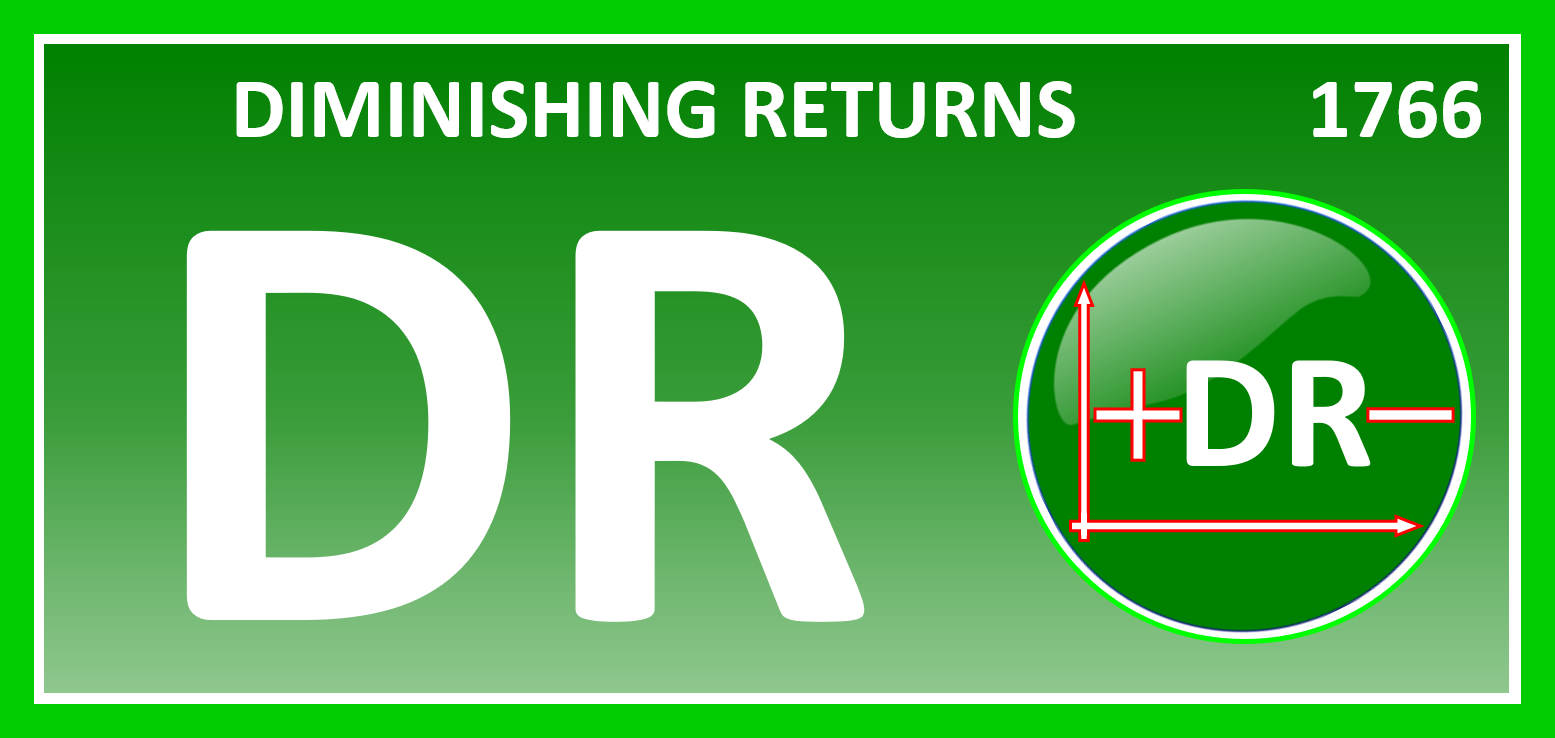 |
Diminishing returns is the decrease in the marginal output
in production as the amount of a single factor of production is incrementally increased. |
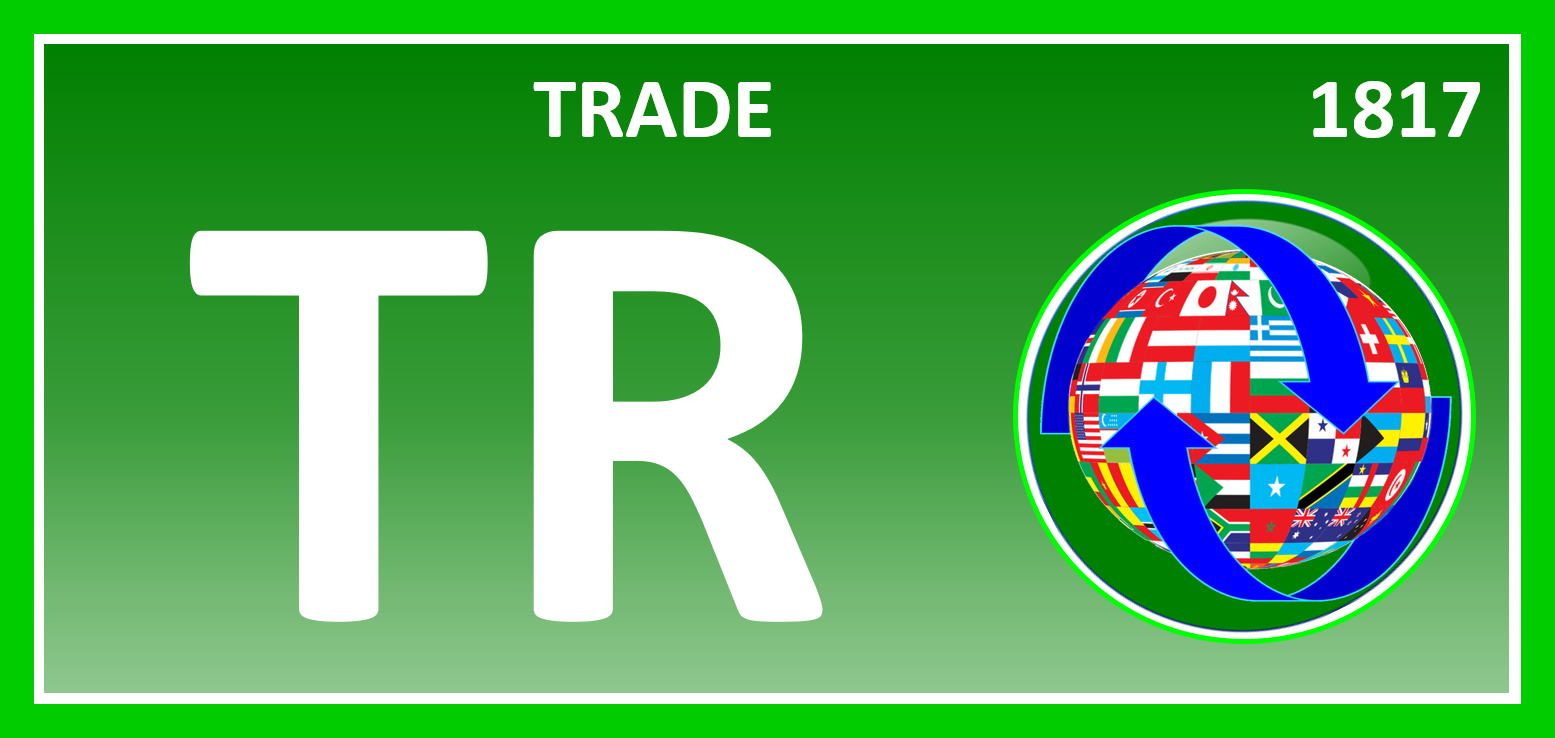 |
Trade is the action of buying and selling of goods and services for money or something of value. |
 |
The economic cycle is the periodic boom and contraction in business cycles.
It shifts between periods of economic growth and relative decline or stagnation. |
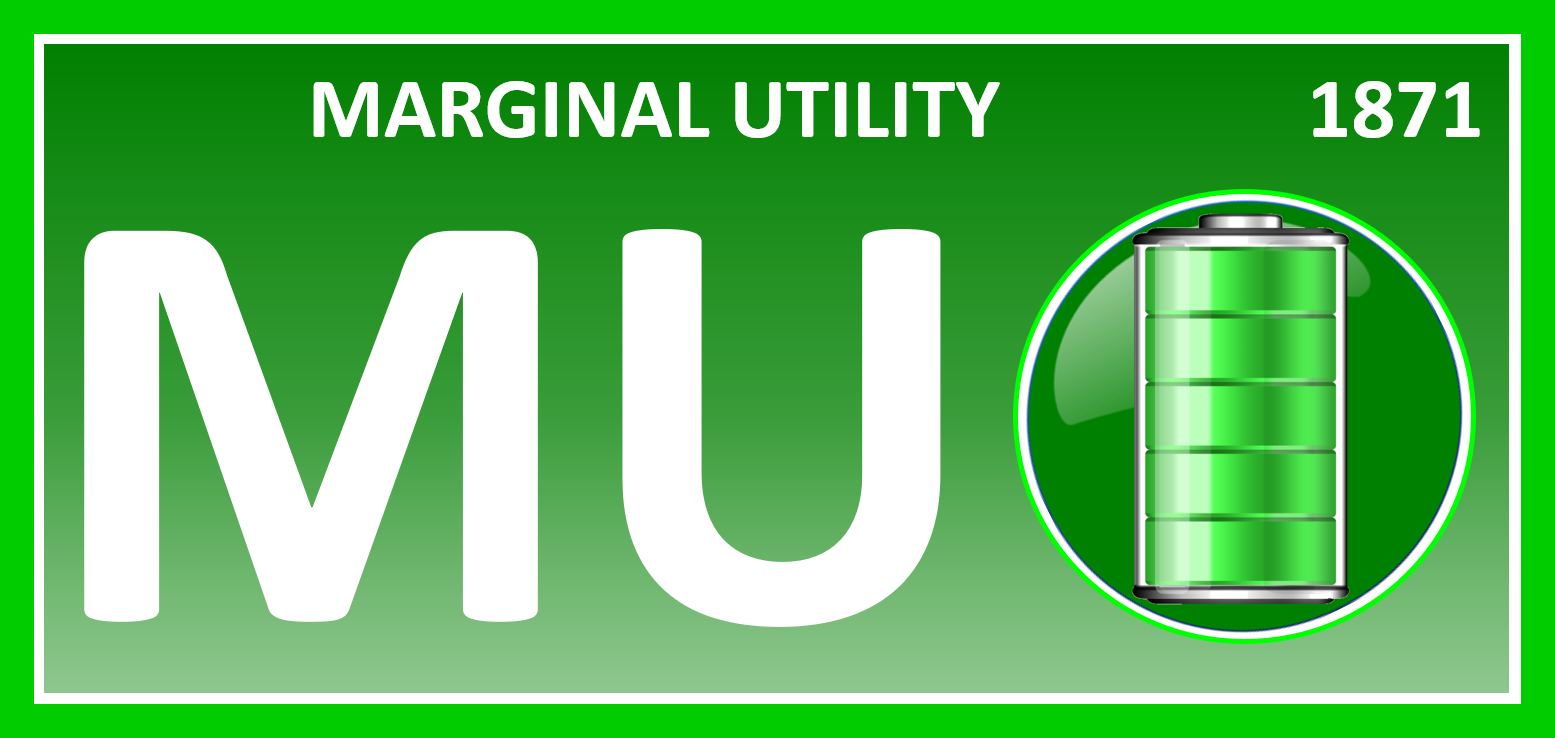 |
Utility is the benefit from consuming a product.
Marginal utility is the change in utility from an increase in the consumption of a good or service. |
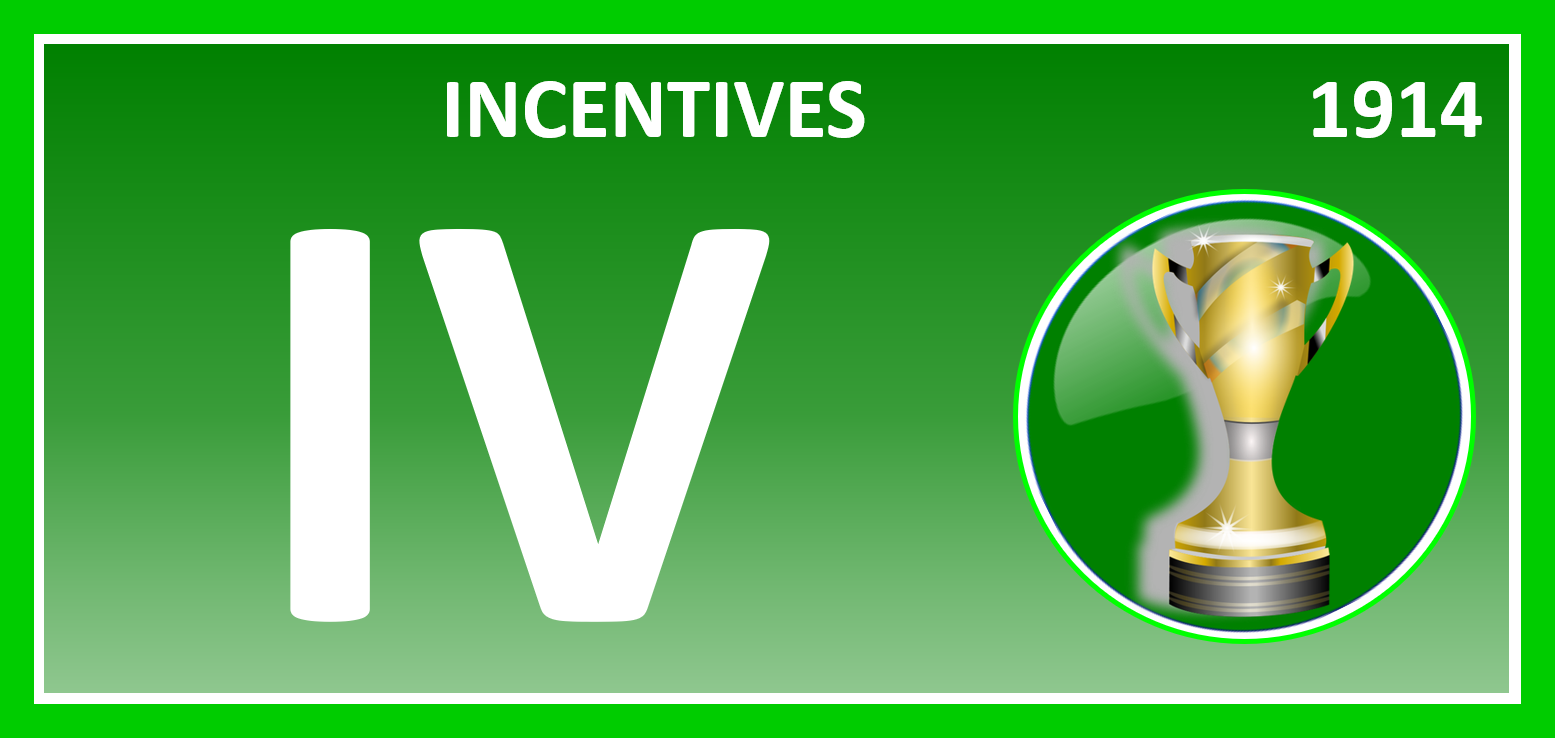 |
Incentives are motivators that reward actions to produce a desired outcome.
There are four types of incentives: financial, moral, personal, and coercive. |
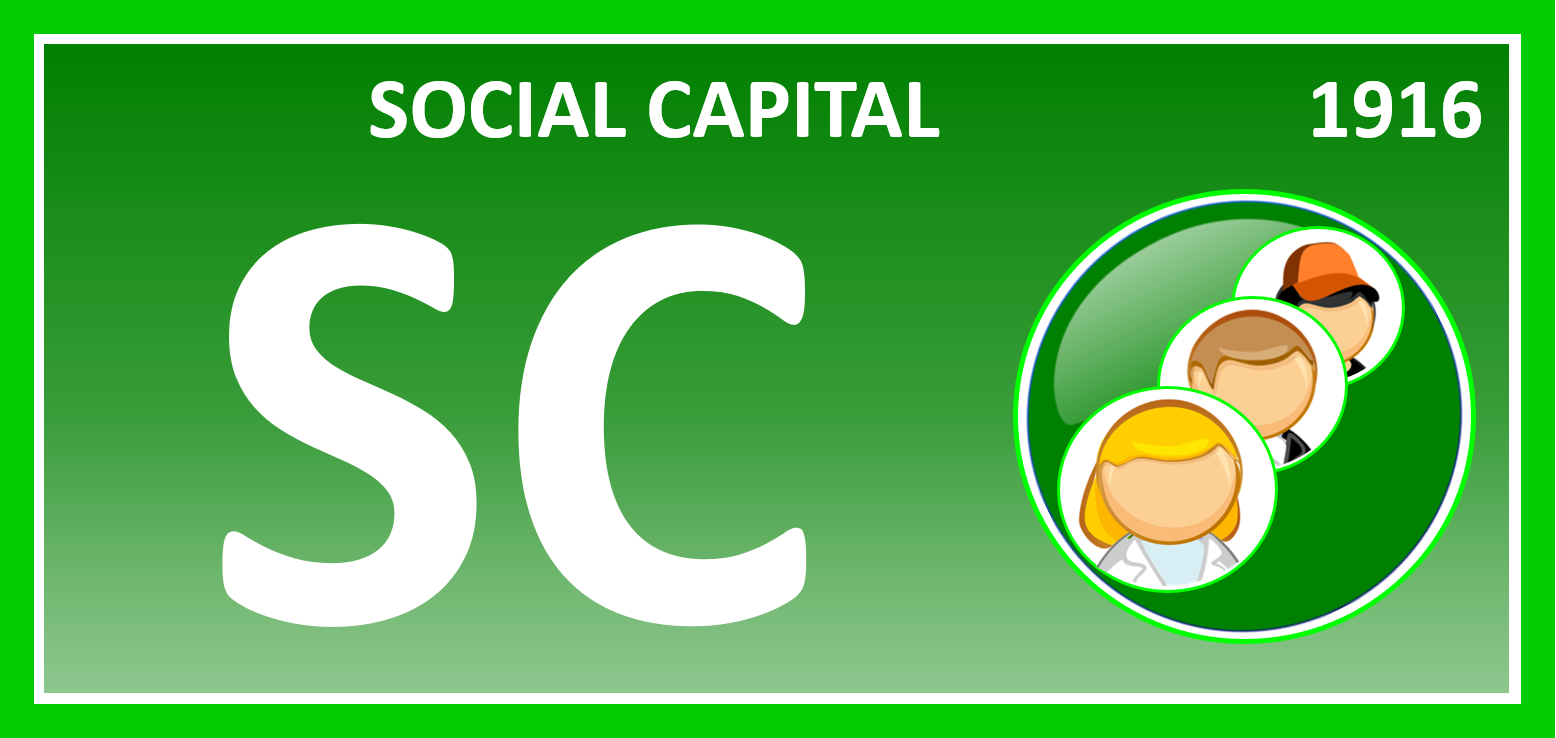 |
Social Capital are factors of social cohesion that allows groups to function efficiently.
These factors include cooperation, personal relationships, reciprocity, shared identity, shared norms, shared vision, shared values, and trust. |
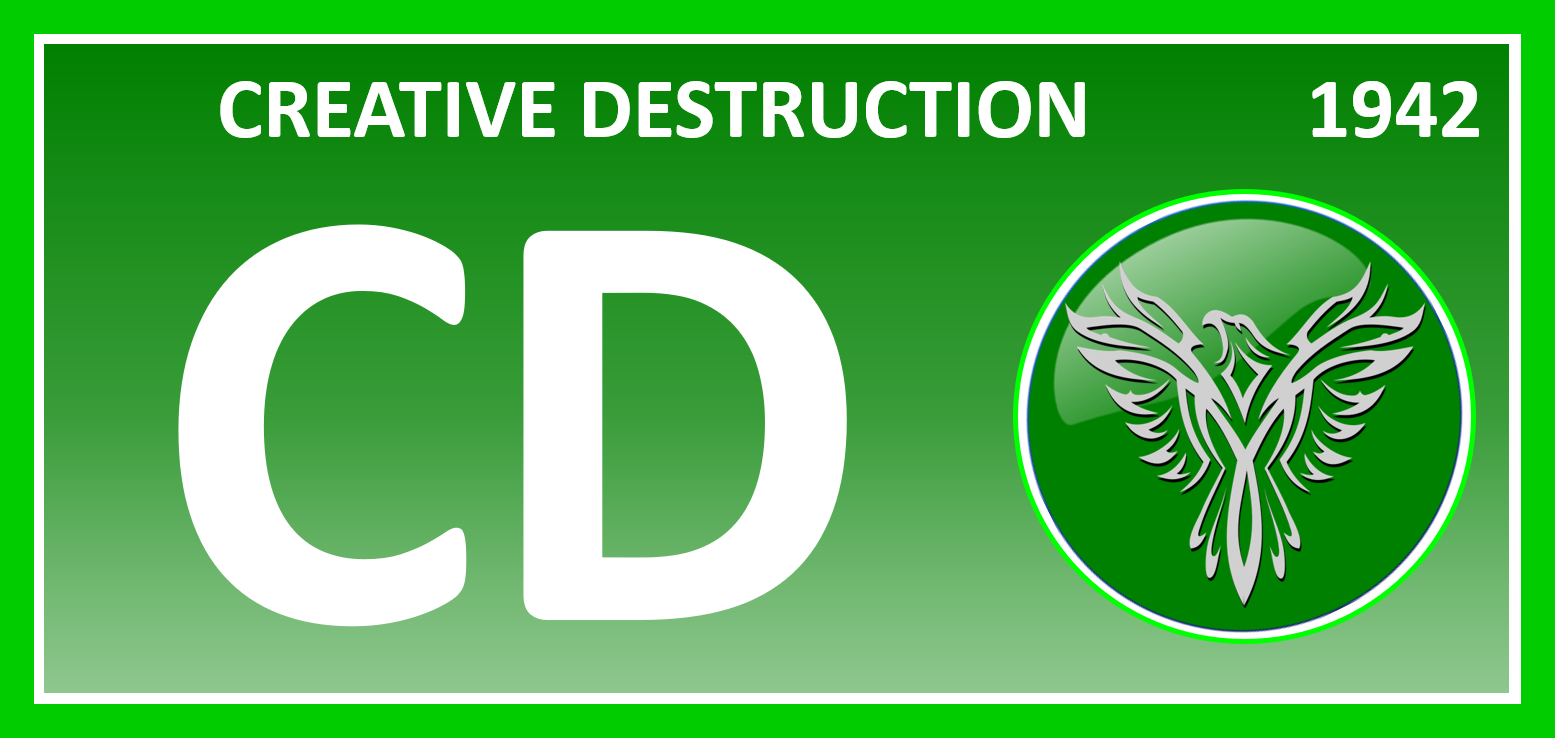 |
Creative destruction is a process through which something new
brings about the demise of whatever existed before it. |
